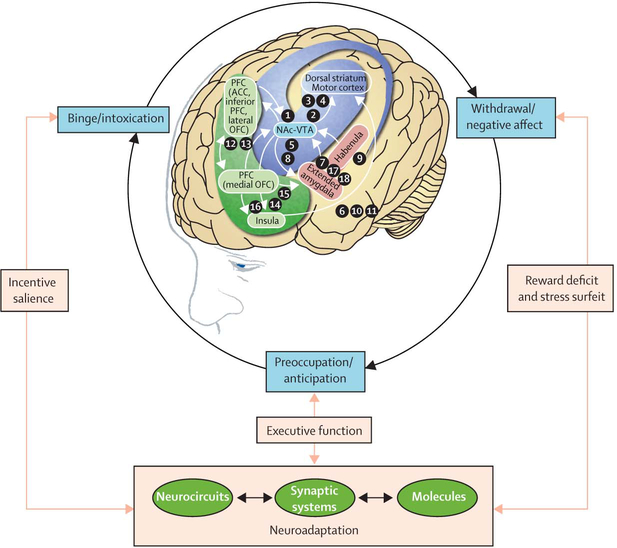Figure 1: Model of interacting circuits in which disruptions contribute to compulsive-like behaviours underlying drug addiction.
The overall neurocircuitry domains correspond to three functional domains: binge/intoxication (reward and incentive salience: basal ganglia [blue]), withdrawal/negative affect (negative emotional states and stress: extended amygdala and habenula [red]), and preoccupation/anticipation (craving, impulsivity, and executive function: PFC, insula, and allocortex [green]). Arrows depict major circuit connections between domains, and numbers refer to neurochemical and neurocircuit-specific pathways known to support brain changes that contribute to the allostatic state of addiction. PFC=prefrontal cortex. ACC=anterior cingulate cortex. OFC=orbitofrontal cortex. NAc-VTA=nucleus accumbens-ventral tegmental area. Modified from Koob and Volkow (2010)9 with permission from Nature Publishing Group.

